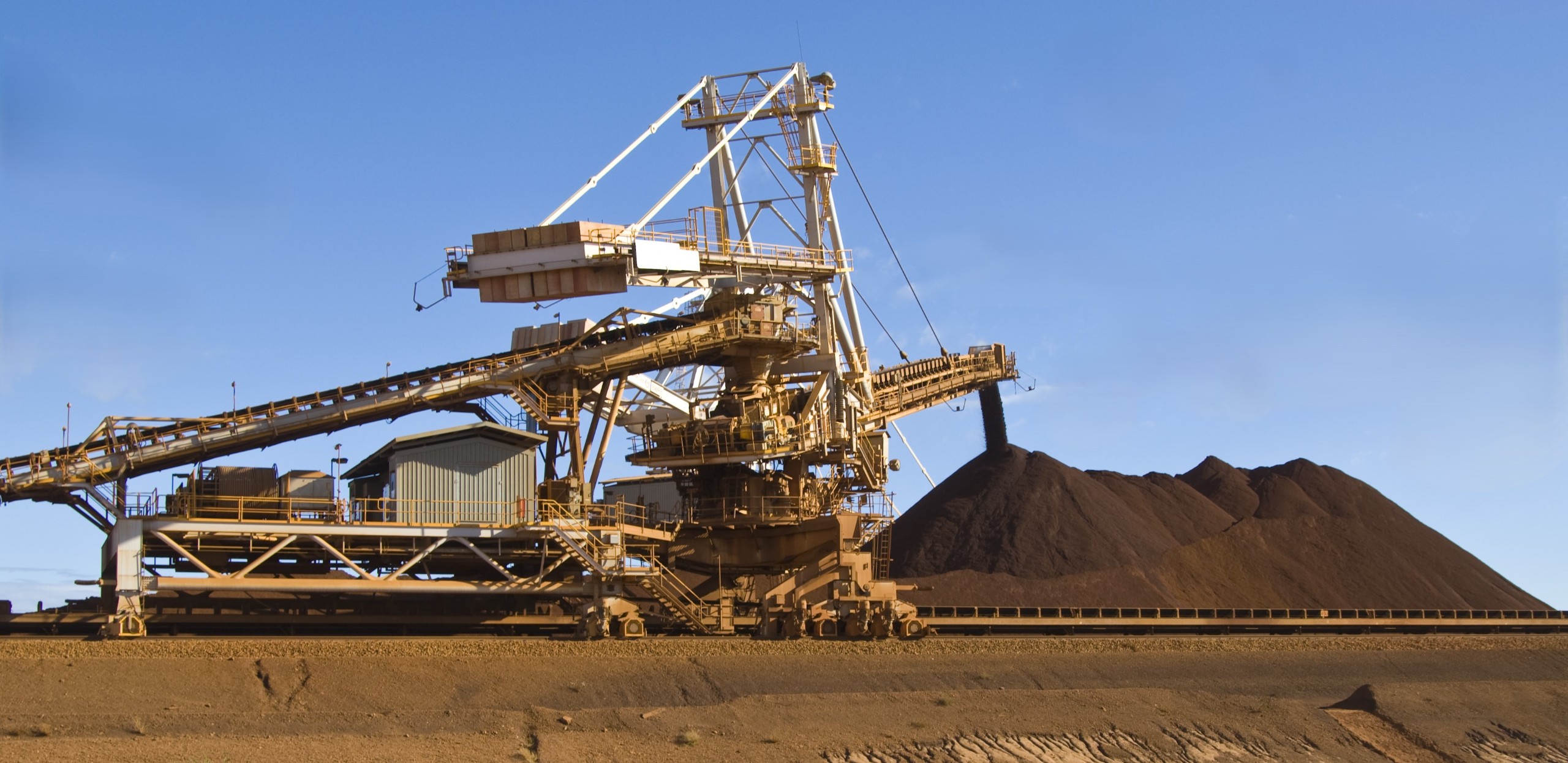Stacking Systems: Pioneers in Efficient Bulk Material Handling
As a leader in material handling excellence, we are a premier supplier specializing in meticulously stacking systems. These advanced machines are not only essential for efficient stockyard and bulk material handling operations but also represent a pinnacle of engineering expertise in the mining sector.
Understanding Stacking Systems
Stacker systems are crucial for the efficient handling and movement of bulk materials in mining and industrial applications. They are specifically designed to handle large volumes of materials such as coal, ores, and other bulk commodities in ports, power plants, stockyards, or steel plants. Stackers excel in efficiently stacking bulk material, creating large stockpiles in a systematic and controlled manner.
Our Offering
We offer comprehensive services in delivering and building new stacker systems. Our expertise extends to customizing these machines to meet the specific requirements of your operations. From design and fabrication to implementation and maintenance, we ensure that each stacker system is a model of efficiency and reliability.
Types of Stackers in Our Offer
Luffing and slewing stacker
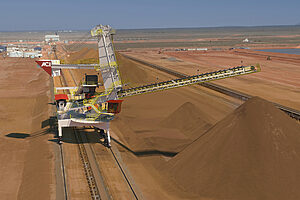
This is the most versatile type of stacking sytstem since it can slew from one stockpile to another on the other side of the yard, building uniform stockpiles on both sides of the yard feed conveyor. This stacker can build a stockpile in chevron, cone-shell, windrow or strata stockpiling modes. The machine can easily work in combination with each and every type of reclaimer on adjacent rail tracks, as the boom can slew to a position parallel to the rail track, thus allowing other machines to bypass it.
Luffing Stacker
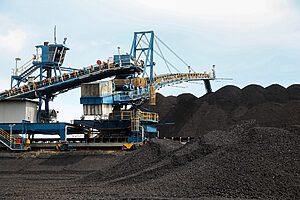
A luffing stacker travels along the entire length of the longitudinal stockpile conveyor to build a stockpile on just one side of the conveyor. A luffing stacker is easy to operate and the most cost-effective solution for a stockpile on one side of the conveyor. Thanks to its simple structure it has fewer mechanical components than luffing and slewing stackers. However, only chevron and cone-shell stacking are possible with this type of stacker. Moreover, bypassing machines on adjacent rail tracks is more difficult as the boom cannot be slewed out of the way.
Technical facts and figures
| Product characteristics | Free-flowing or sticky; lump size up to 250 mm |
| Throughput | Up to 15,000 tons per hour |
| Boom length | Up to 60 m |
| Pile widths | Up to 85 m |
| Pile heights | Up to 30 m |
Key Applications and Benefits
- Versatile Material Handling: Ideal for various mining and industrial applications, adapting to different types of bulk materials.
- Enhanced Operational Efficiency: Our stacking systems optimize material handling processes, reducing operational costs and increasing throughput.
- Environmental Considerations: By enabling precise and systematic stacking, our stackers help minimize environmental impact and improve stockyard management.
- Cost-Effectiveness: Our refurbished stackers offer an economical solution while maintaining high quality and efficiency.
Conclusion:
Our stacker systems are fundamental in advancing efficient mining and bulk material handling. They embody our dedication to providing industry-leading solutions that cater to the evolving needs of the mining industry. Investing in our stacker systems is a strategic choice for enhancing operational efficiency and ensuring effective material handling in various industrial settings.
How a stacker operates
Stackers are high-capacity machines used for stacking and blending material. Working in two directions, a stacker can pile material onto two parallel stockpiles using a slewing and luffing boom. A rail-mounted stacker travels on two rails between the stockpiles. The stopping and starting sequence for the stacking operation is controlled either from the operator’s cabin control panel or from a central control room.
Stacking Methods:
Chevron stacking
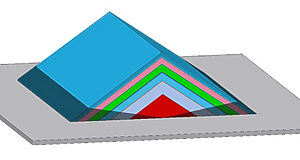
This method involves the stacker initially building a small pile at the center and along the full length of the stockpile.
At the end of the stockpile the stacker is raised by a predetermined height to create a
second layer on top of the initial pile by travelling along the rail in the opposite direction.
Cone-shell stacking
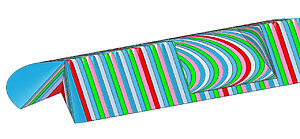
The cone-shell method involves a pile being formed by stacking the bulk material in a single cone at the center of the pile until the full height of the stockpile is reached.
Strata stacking
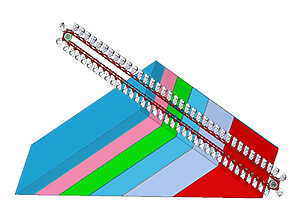
The strata method stacks the bulk material in horizontal layers and creating alternating layers that enable different grades of the same bulk material to be reclaimed.
Windrow stacking

The stacker initially builds the first small cone along the stockpile length by slewing the boom to make the reach longer or shorter, as required. At the end of the stockpile the stacker boom slews to build a second cone by travelling in the opposite direction.
